[nextpage title=”Introduction”]
Contax zeiss 21mm f2.8 Distagon v Canon 24mm f1.4 L Mark 1
[published february 2007]
Whatever the reason for which Canon’s 24mm L languishes under a cloud of general dissatisfaction, the sole sample we’ve put through its paces has proven to be an outstanding performer, sweeping all before it in the 24mm World Cup, besting the shiny new Zeiss ZF 25mm and earning a secure berth in the camera bag. Given its unique speed advantage, full auto-compatibility and weather sealing, it’s made itself indispensable for architectural and low light work on full frame, and it’s very much at home on an APS-sensor body.
Apparently, this isn’t good enough for some.
More accurately, we’ve received many emails from 24L owners, the majority of which bemoan that they’re not seeing anything like the results this particular sample delivers. I hope this test will lay to rest any doubts about its ability. If the lens is prised from the clutches of my cold dead hands, look out for serial 26686 date stamped US0901 on the used market, incidentally.
I’ve become so confident in the ability of this lens that I was curious to shoot a like for like test with the acknowledged master of this focal length (give or take): the Zeiss Distagon 21mm f2.8 on a Pham Minh Son adaptor. I can only give an impression of how they perform: unresolvable framing and perspective difficulties prevent precise comparison. However, a little judicous foot zooming and tripod cranking will give us a moderately level playing field. Though the difference between 21mm and 24mm is far greater than the different between 25mm and 28mm, in reality only about one metre more elbow room was required for the 20m distant subject to approximate the same framing.
Make no mistake, do not misunderestimate the purpose of this mini-review: we know the outcome in broad terms before we begin: the Canon will be punished by this comparison – what we’re looking for is an honourable accounting of itself in the face of insuperable opposition.
Tests conducted with a Canon 5D: all files shot at ISO100 with mirror lock on a Manfrotto/Bogen tripod with Acratech ball head, white balance set manually to daylight and captured in Adobe RGB. In camera settings were as standard, bar contrast reduction of -3 and saturation boosted +1. RAW files were developed through Phase Capture One (with shadow extraction) via Magne Neilsen’s profiles (high-saturation) into the ProPhoto colour space at 8-bit. All images received USM of 125/0.3/3.
[nextpage title=”Resolution (f2.8)”]
Zone A (centre)
 |
 |
Canon 24mm f1.4 Lat f2.8 (centre) |
Zeiss Contax 21mmat f2.8 (centre) |
|
3.25 points
|
4.5 points
|
In typical Zeiss fashion, we find a level of centre-frame resolution sufficient for almost any conceivable application. Today, this particular Canon 24mm L is doing its centre frame softness thing at wide apertures. There appears to be no reproducible pattern to this behaviour. If we move out into Zone B, we see how anomalous the phenomenon is . . .
Zone B: Right Side (f2.8)
 |
 |
Canon 24mm f1.4 Lat f2.8 (mid-frame) |
Zeiss Contax 21mmat f2.8 (mid-frame) |
|
4 points
|
4 points
|
In this mood, the 8-16mm zone is much better resolved than the very centre of the Canon’s image circle. Here the L capitalises on its speed advantage: however good the Zeiss is, it’s wide open – and the 24mm is two stops down.
Zone C: Extreme Corner (f2.8)
 |
 |
Canon 24mm f1.4 Lat f2.8 (extreme corner) |
Zeiss Contax 21mmat f2.8 (extreme corner) |
|
3.25 points
|
3.75 points
|
But then again, the Zeiss is special. Seeing the Distagon outresolve the Canon’s corners so convincingly at this aperture (despite the two stop disadvantage) is like watching a Veyron lap a 911 using only the first three gears. Before we get too excited, however, observe the strong vignetting and distinctive waveform distortion in relation to the relatively pedestrian Canon. The 24L’s corners are only shamed in this company: in this focal length range, what else comes close at f2.8?
[nextpage title=”Resolution (f4)”]
Performance at f4 (Zone A)
 |
 |
| Canon 24mm f1.4 L at f4 (centre) | Zeiss Contax 21mm f4 (centre) |
|
4 points
|
5 points
|
The Zeiss is very close to its maximum performance at f4 centre frame, meriting maximum marks. Though naturally sharper one stop down, the Canon still lags behind thanks to its centre frame gremlin.
Performance at f4 (Zone B: Left Side)
 |
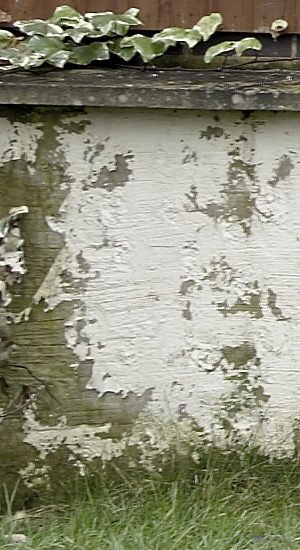 |
| Canon 24mm f1.4 L at f4 (mid-frame) | Zeiss Contax 21mm f4 (mid-frame) |
|
4.5 points
|
4 points
|
I recall my last Zeiss 21mm being better than this, but perhaps it’s just that the Canon 24mm is so good in this area the Distagon looks imperfect by comparison.
Performance at f4 (Zone C)
 |
 |
| Canon 24mm f1.4 L at f4 (extreme corner) | Zeiss Contax 21mm f4 (extreme corner) |
|
4.25 points
|
4 points
|
Fading only in the last few pixels of this extreme corner crop, the Canon 24mm L nonetheless is entirely vignette-free, contrasty and resolving more strongly than even the all-conquering Distagon. At f4, you’d struggle to place the Zeiss ahead of the Canon.
[nextpage title=”Resolution (f5.6)”]
Performance at f5.6 (Zone A)
 |
 |
| Canon 24mm f1.4 L at f5.6 (centre) | Zeiss Contax 21mm f5.6 (centre) |
|
4.25 points
|
5 points
|
It doesn’t come better than the Zeiss 21mm at f5.6 centre frame: bottomless resolution and beautiful rendering. The L has finally shaped up but it’s nowhere near the Contax.
Performance at f5.6 (Zone B: Left Side)
 |
 |
| Canon 24mm f1.4 L at f5.6 (mid-frame) | Zeiss Contax 21mm f5.6 (mid-frame) |
|
4.5 points
|
5 points
|
The entire frame is just perfectly drawn by the Distagon at f5.6, barring the wobbly lines . . .
Performance at f5.6 (Zone C)
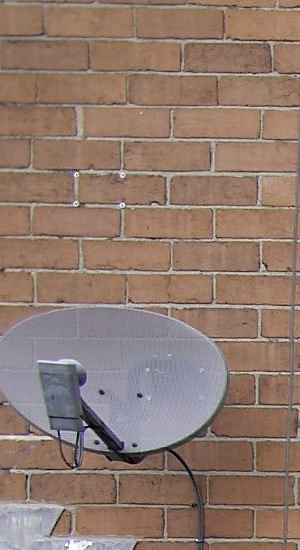 |
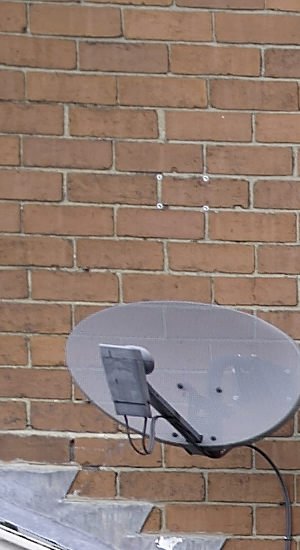 |
| Canon 24mm f1.4 L at f5.6 (extreme corner) | Zeiss Contax 21mm f5.6 (extreme corner) |
|
4.5 points
|
4.5 points
|
. . . like these. On reflection I’ve called this one a draw: the Canon resolves the mesh detail more accurately but the Zeiss has stronger microcontrast and maintains its performance just a few pixels further into the corner than the L.
[nextpage title=”Resolution (f8)”]
Performance at f8 (Zone A)
 |
 |
| Canon 24mm f1.4 L at f8 (centre) | Zeiss Contax 21mm f8 (centre) |
|
4.5 points
|
5 points
|
Still a step ahead even as the gap narrows at f8 centre frame, the Contax Distagon outresolves the 5D sensor from f4 through to f11.
Performance at f8 (Zone B: Left Side)
 |
 |
| Canon 24mm f1.4 L at f8 (mid-frame) | Zeiss Contax 21mm f8 (mid-frame) |
|
4.5 points
|
5 points
|
The 21mm f2.8 is untouchable at this aperture, outperforming the Contax N 17-35mm, Nikon 17-35mm, Canon 24mm L et al.
Performance at f8 (Zone C)
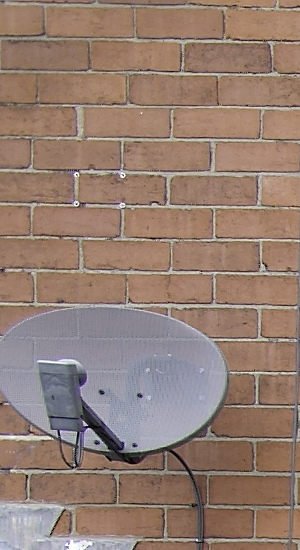 |
 |
| Canon 24mm f1.4 L at f8 (extreme corner) | Zeiss Contax 21mm f8 (extreme corner) |
|
4.75 points
|
5 points
|
Among lenses wider than 28mm, it’s rare that the corners of the frame are really rendered with this degree of excellence at f8; most require another stop at least to get close. You may also have noticed that the Distagon is practically aberration-free with regard to chroma.
[nextpage title=”Resolution (f11)”]
Performance at f11 (Zone A)
 |
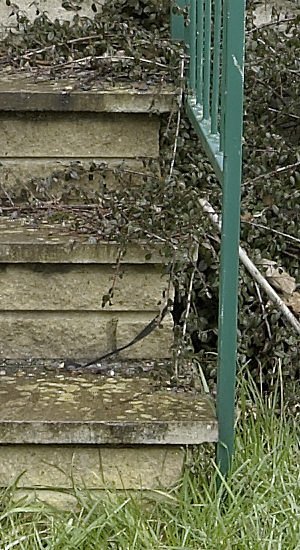 |
| Canon 24mm f1.4 L at f11 (centre) | Zeiss Contax 21mm f11 (centre) |
|
4.75 points
|
5 points
|
Diffraction is now smoothing out differences in resolution, though the Zeiss rendering style and marginally greater accutance delivers a more attractive capture once again.
Performance at f11 (Zone B: Left Side)
 |
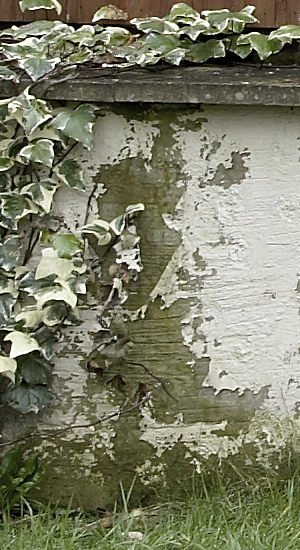 |
| Canon 24mm f1.4 L at f11 (mid-frame) | Zeiss Contax 21mm f11 (mid-frame) |
|
4.75 points
|
5 points
|
Performance at f11 (Zone C)
 |
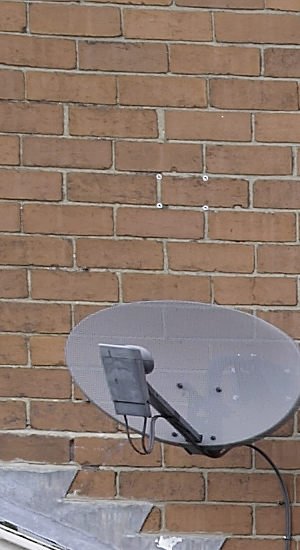 |
| Canon 24mm f1.4 L at f11 (extreme corner) | Zeiss Contax 21mm f11 (extreme corner) |
|
5 points
|
5 points
|
Having praised the Zeiss so highly, it should be noted that the Canon 24mm L does extremely well even to hold its own in direct competition – but unquestionably it does. At f11 and f16, many wide angles (zooms and primes) deliver acceptable results, but none quite as fine as this pair.
[nextpage title=”Resolution (f16)”]
Performance at f16 (Zone A)
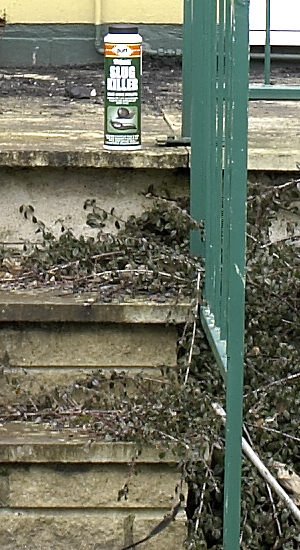 |
 |
| Canon 24mm f1.4 L at f16 (centre) | Zeiss Contax 21mm f16 (centre) |
|
4.5 points
|
4.75 points
|
Even at f16 the Zeiss retains its edge across the frame . . .
Performance at f16 (Zone B: Left Side)
 |
 |
| Canon 24mm f1.4 L at f16 (mid-frame) | Zeiss Contax 21mm f16 (mid-frame) |
|
4.5 points
|
4.75 points
|
Performance at f16 (Zone C)
 |
 |
| Canon 24mm f1.4 L at f16 (extreme corner) | Zeiss Contax 21mm f16 (extreme corner) |
|
4.5 points
|
5 points
|
The other great strength of this lens is its field flatness: near and far field objects are drawn with equal aplomb, and at any given aperture, it pulls more of a scene into focus than any other lens of its type. At f5.6, for instance, you can render an object on the horizon and five feet in front of the lens critically sharp, whereas a Canon 16-35mm, for instance, requires at least another stop to do so. Whatever you’ve previously used at this focal length, you will be surprised by the near-magical ability of the 21mm Distagon to deliver the depth of field you’d normally associate with f8 at much wider apertures.
[nextpage title=”Conclusion”]
At stated, the purpose of this quick comparison was to establish how good the Canon 24mm was in relation to the benchmark Contax 21mm, particularly given that many have questioned the validity of claims that it is the ultimate 24mm on the basis of experience with their sample. The L is clearly a very fine lens.
Though obviously not the equal of the Distagon, a little foot zooming enables us to place them on a relatively level playing field. The Canon 24mm acquitted itself better than most candidates pitted against what is probably the finest SLR wide ever made. Before we tally the points accrued, we should make an adjustment for flare, chromatic aberration and distortion, as follows:
Flare: the Zeiss Contax 21mm does suffers from internal reflections and flare, whereas the Canon 24mm is pretty much on top of these.
Chromatic Aberration: The 21mm shows almost total mastery of CA, with only the merest trace in the corners at f2.8; for the Canon it’s problematic.
Distortion: This is without the doubt the Distagon’s Achilles’ heel: the corners are particularly prone to positive geometric distortion; the Canon is better controlled in this regard and more easily corrected.
Please see other tests of these lenses for further details . . .
|
Performance summary
|
Canon 24mm f1.4 |
Contax 21mm f2.8 |
|
‘Sharpness’ : |
78.25 / 90
|
84.25 / 90
|
|
Chromatic Aberration : |
9 / 15
|
13 / 15
|
|
Geometric Distortion : |
10 / 15
|
9 / 15
|
|
Bright Light Handling : |
11 / 15
|
9 / 15
|
|
Magic & Sparkle : |
13 / 15
|
13 / 15
|
|
Overall Rating (%) : |
80.8%
|
85.5%
|
For further details on how scores are calculated, please visit the rating explanation page. At the time of writing, however, this pair are the top guns in this focal length range. How you reckon the convenience of auto focus and auto exposure in favour of the Canon will depend on your shooting preferences and priorities.
